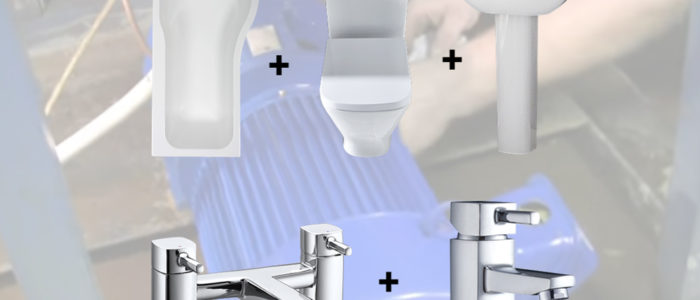Booster Set Servicing A High Rise Property Water Pressure Essential
Article Chapters
Booster Set Servicing Maintains Water Pressure and a Legal Health Risk Requirement
It’s often the elephant in the high rise bathroom – low or uneven water pressure. A booster set may be installed but occupants of tower blocks, or residential apartments of more than two storeys, can sometimes complain of poor performance. Showers and taps are frequently reduced to a trickle, a slow filling toilet bowl or even a complete failure of supply.
The purpose of a booster set is to increase the pressure and flow of water running through the pipes of a tower block or high rise apartment. So why do glitches to water pressure and efficient delivery occur? In a number of cases, it’s simply due to a lack of regular booster set servicing and maintenance.
Booster set servicing to manage internal water infrastructures
It takes around one bar of pressure, i.e. 14.50 psi (pounds per square inch) to raise water per 10 metres of height. A good pressure for a shower in a typical domestic property, for example, is generally between 45 to 55 psi. While a booster set may be installed, if it’s not regularly inspected and serviced, water pressure can sometimes be a significant problem in a number of high rise flats and apartments or properties built on rural / urban hilltops. Likewise, if a property is connected to a private water supply (borehole or well) that discharges water into a header tank for onward distribution.
Maintaining good water pressure is not only likely to be an ongoing concern to a domestic householder. For a landlord, managing agent or duty holder at a large high rise block, its importance cannot be under estimated as a robust delivery is considered an essential obligation. Under the Health and Safety Executive Approved Code of Practice (ACOP) L8 & HSG274ee, it is a legal requirement to manage damage or health risks caused by problems with internal water infrastructures (such as booster sets and cold water storage tanks).
Booster set servicing – common problems identified
There are several common faults that can develop with a water booster set, which a regular service schedule can prevent or remedy, including:
Pump fails to start –
- No electrical power.
- Blown fuse.
- MCB / overload tripping.
Low or Zero output –
- Impeller or other rotating part partially or completely obstructed by debris / foreign material.
- Pump not primed – pump running ‘dry’ with potential serious damage to mechanical seal.
- Valve in suction pipework closed or partially closed.
- Incorrect pump rotation.
Vibrating and/or noisy running –
- Pump is cavitating, i.e. air bubbles created as liquid turns to vapour. Caused by inadequate pressure at the suction end of the pump, or insufficient Net Positive Suction Head (NPSHa).
- Impeller or other rotating part partially or completely obstructed by debris / foreign material.
- Motor bearings worn.
Overload tripping –
- Partial blockage in pipework or pump chamber.
- Momentary loss of one phase of power supply.
- Discharge flow rate too high.
- Overload trip value set too low for rating requirement.
Continuous running –
- Non-return valve problem.
- Non-functioning PCB / stuck Relay.
- Faulty flow switch.
- Leaks keeping the flow switch on.
A qualified, trained and experienced engineer can quickly identify ongoing and potential issues preventing optimal water pressure on a scheduled booster set service and maintenance inspection. Hotels, tower blocks and managed high rise apartments, in particular, are all subject to the ACOP L8 approved code of practice directly related to legionella risk assessment.

